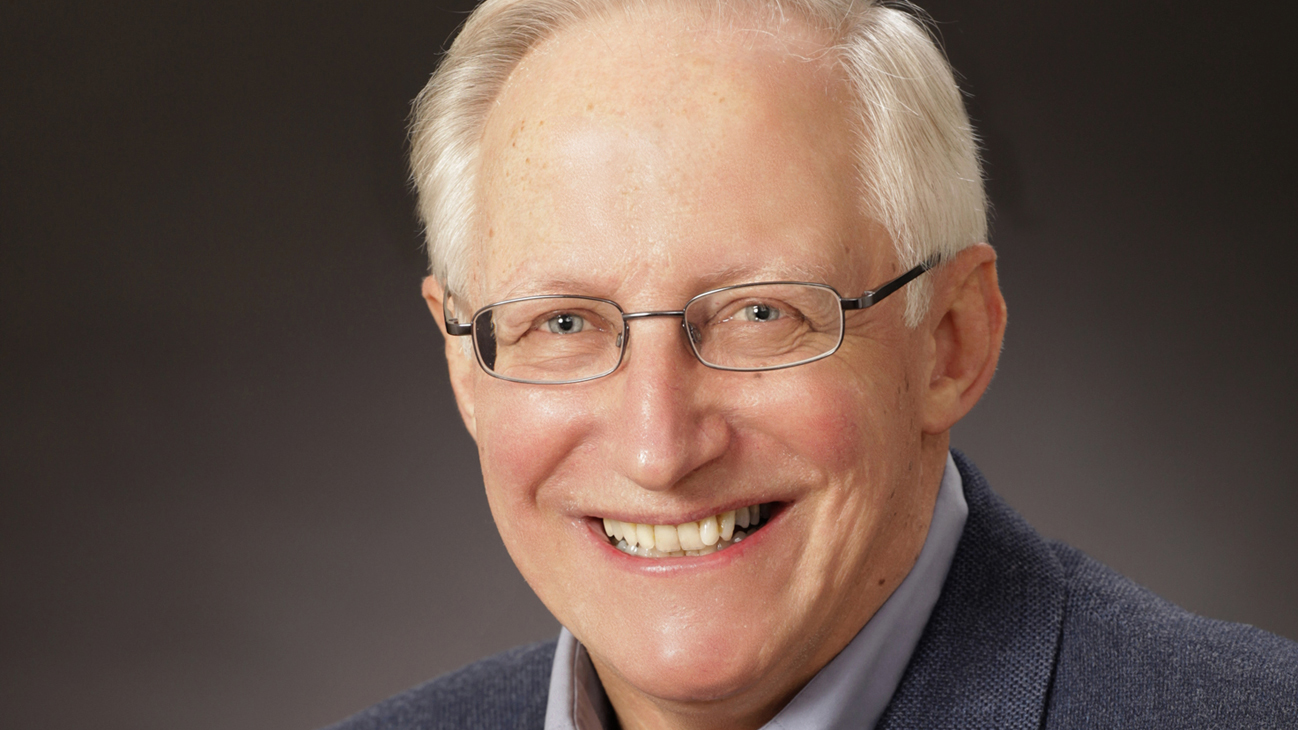Guest blog from David K. Hurst
David Hurst helps organizations learn from the past, understand the present and create the future. As a reflective business practitioner with a unique blend of practical experience and conceptual knowledge, he has a special niche in the management field. His highly innovative ideas have been expressed in three groundbreaking books, Crisis & Renewal: Meeting the Challenge of Organizational Change; Learning from the Links: Mastering Management Using Lessons from Golf; and most recently, The New Ecology of Leadership: Business Mastery in a Chaotic World, a synthesis of management thought and practice that will resonate with every reader’s experience.
A day or so ago on the Harvard Business Review Readers discussion group the topic was posted:
What did you learn from the best Super Bowl ad?
The Super Bowl is a huge marketing showcase… of which a few commercials stood out. Watch them. Also, please share your favorite and why it is!
I didn’t see much of the Super Bowl live and I caught up with the ads later. The standout was Clint Eastwood’s Halftime in America. Here’s my take on why:
There is no contest: it was Halftime in America.
Why? Because we are warm-blooded, story-telling mammals, who make sense of cause-and effect in our world through compelling stories – narratives. Our default condition is an ecological rationality and a concern for narrative truth, not the rational-agent rationality and scientific truth that so many academics think it ought to be.
What happens in the world is fact and the legitimate concern of science. How we think and feel about what happens is narrative truth and the domain of story-tellers (leaders).
The lifeblood of a compelling story is passion – desire. Every good musical has the hero/heroine sing an “I want” song of desire within 15 minutes of the opening. In the ad our hero-figure, Clint Eastwood, starts right in – both teams want to win the game – what must they do? From this easily-understood situation he draws an analogy to a bigger, tougher, more complex problem: It’s halftime in America. What does America have to do to win?
If desire is the lifeblood of story, then trouble is its nervous system. Clint tells us there is trouble – people are hurting and scared. Like the guys in Detroit, Clint’s been there too. (What, our invincible hero? We love him more!). The music is terrific too – just the right combo of challenge and hope. All components of the message are aligned to quote the media mavens.
Pictures of heroes – if we can’t find a way we will make one (like firefighters). It’s what we do – in our DNA. All that matters is what’s ahead, how to meet the challenge and collaborate – back to community, past differences forgotten.
The music’s lifting now, the light is on people’s faces and they are looking up. All this is picked up instantly by our context-sensitive, ecological selves at levels below our awareness. We are immersed, swimming in the message.
We can’t be knocked out by one punch…our engines will roar again. Yeah! The second half is about to begin…
Every CEO in the country should sit down with their top team and their PR people and go through this marvel of compression and ask themselves: How can we get this compelling quality into our messages to our people?
The first thing is do is to get rid of the sweet confections that the PR department has been feeding to employees for years. Save these tales of seamless success and farsighted strategy for the investment bankers – they deserve them!
Employees can detect them as BS at a hundred yards and their telling merely builds cynicism. We can’t all be Clint, but we can at least admit to being human. Tell of your passion (desire, not ambition). What personally turns your crank, gets you up in the morning? It can’t be “maximizing shareholder value”.
Tell of trouble, what mistakes have been made? What keeps you up at night? Use compelling analogies that they will grasp instantly.
The objective is to tell an authentic, compelling, unfinished story to which your people feel they can contribute a line, a paragraph or even a chapter or two.
Yeah.

